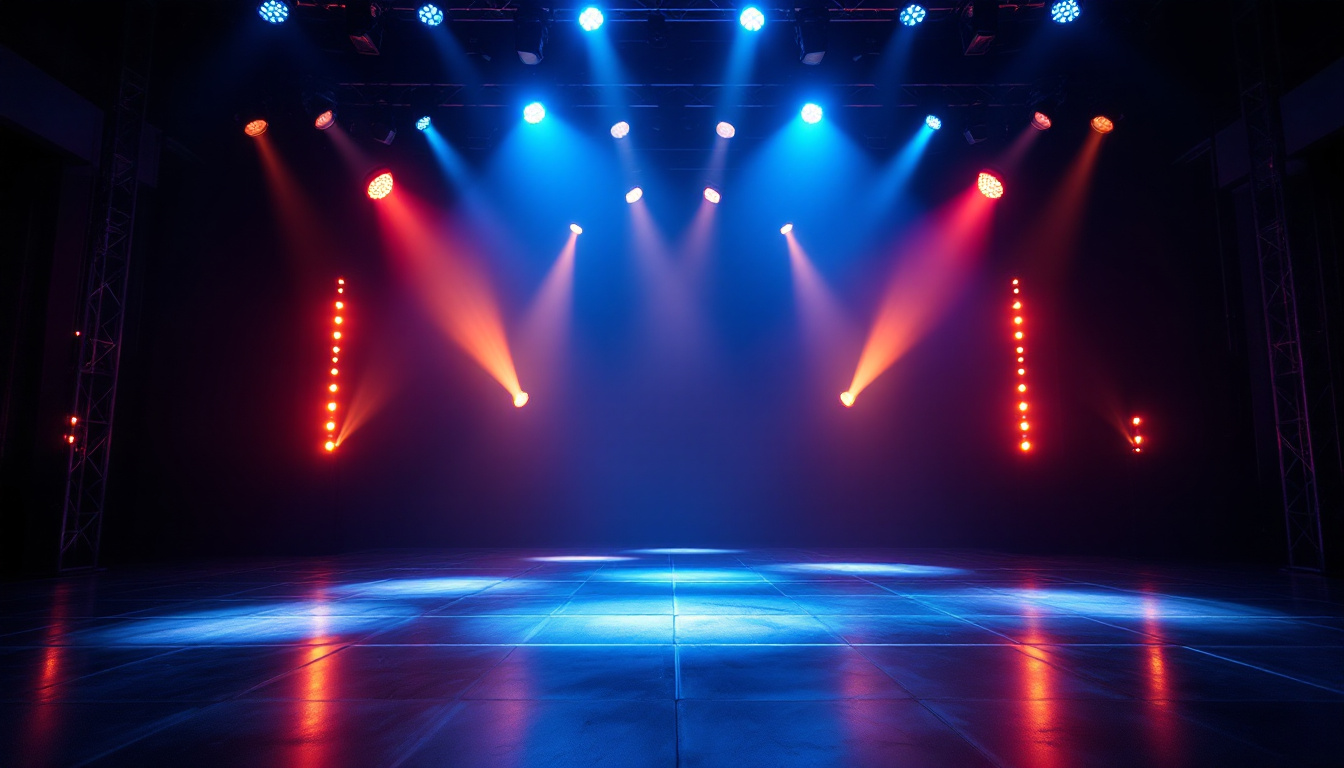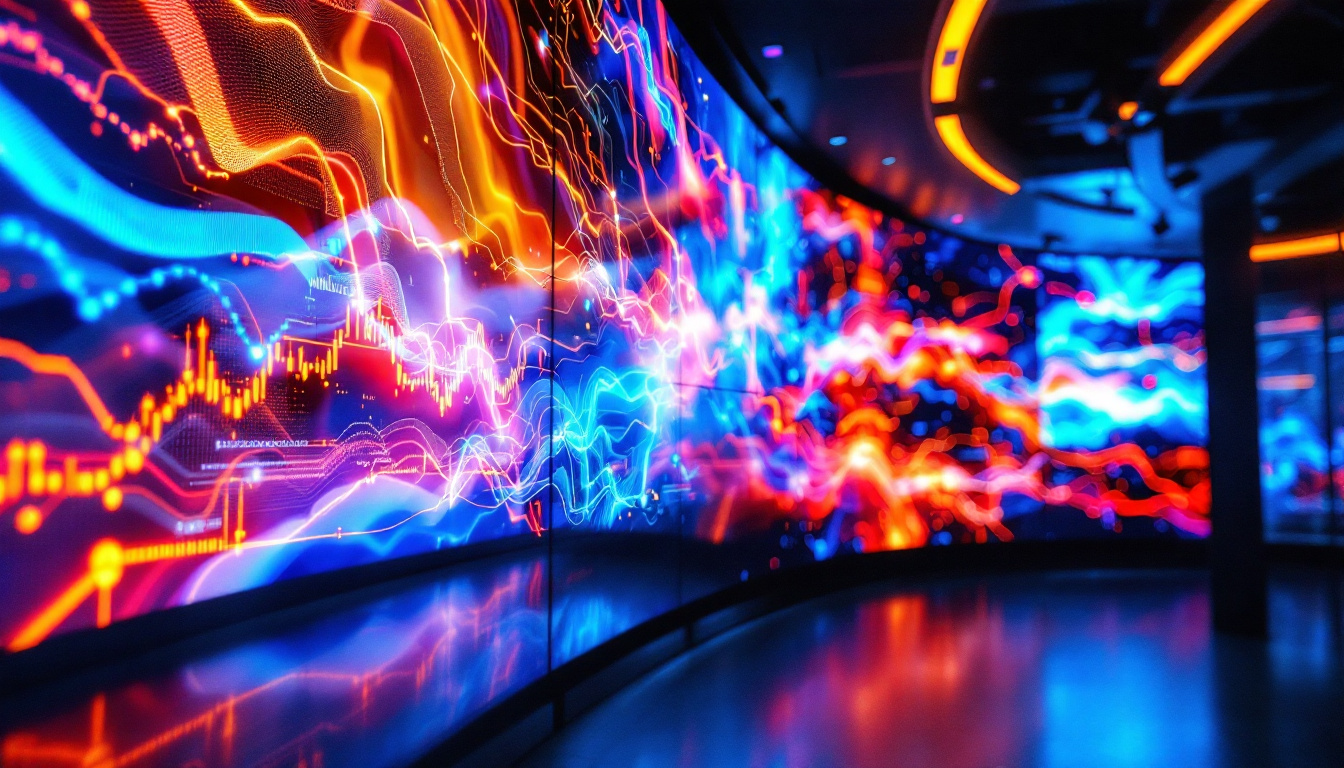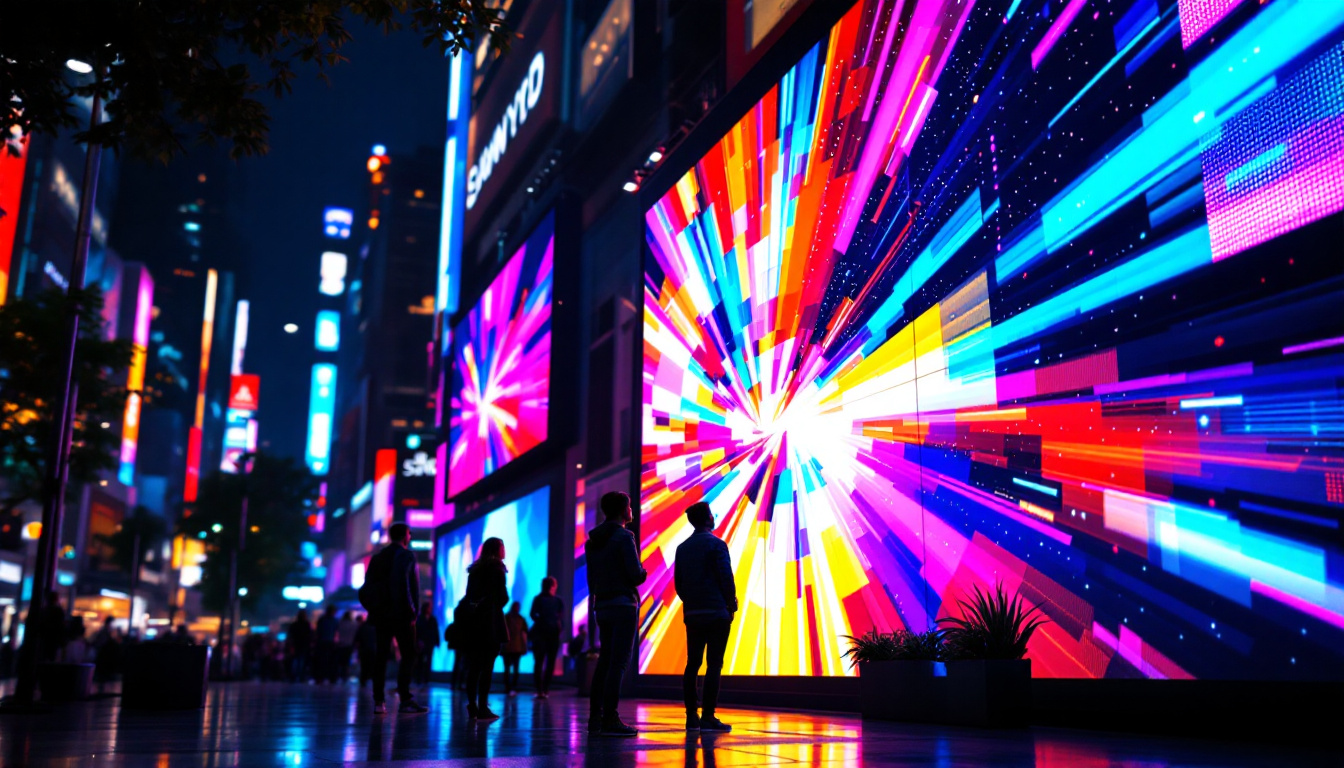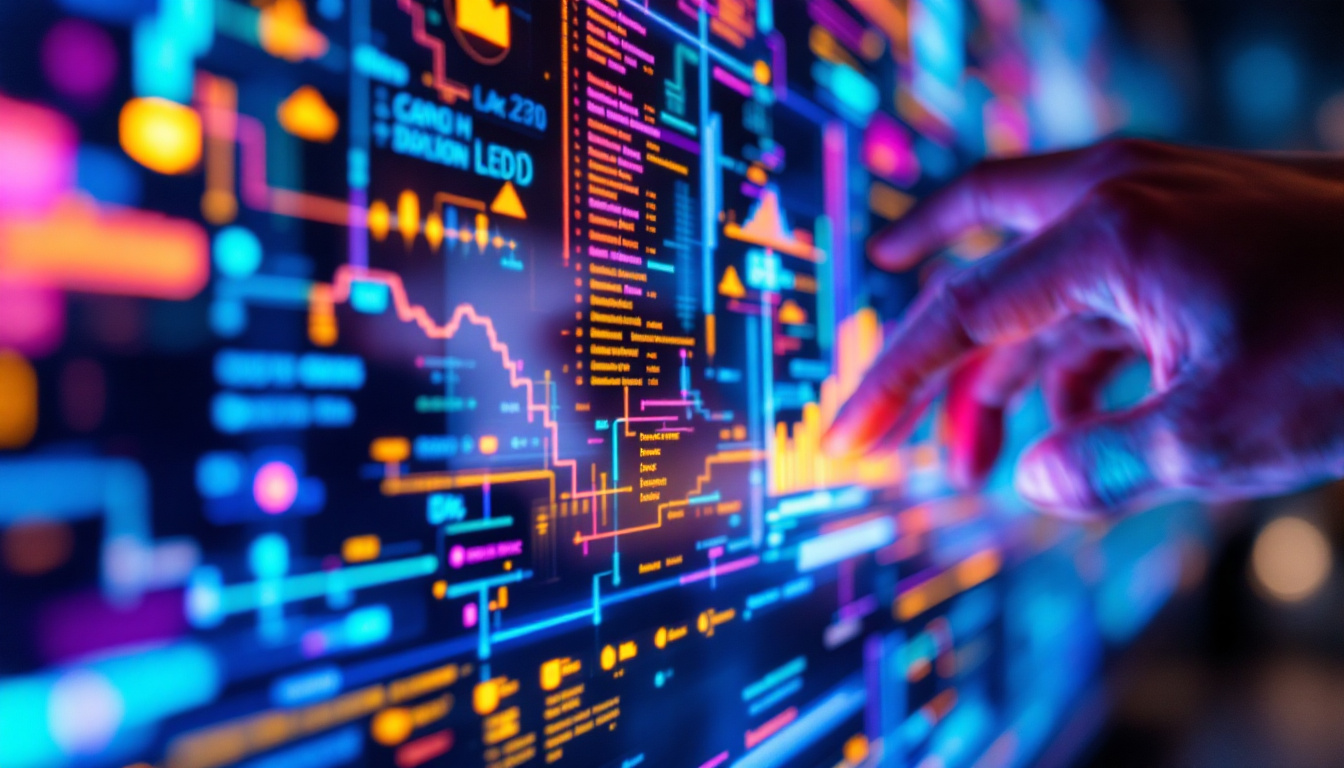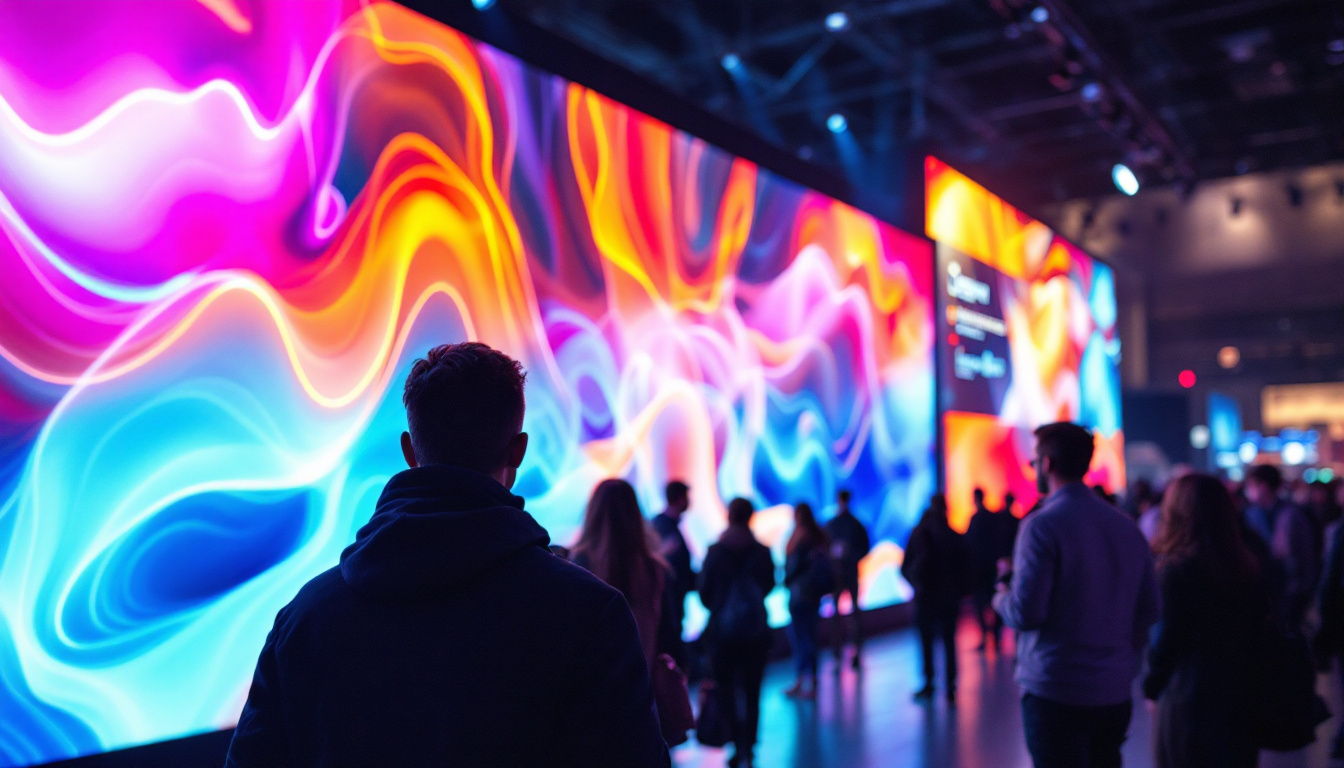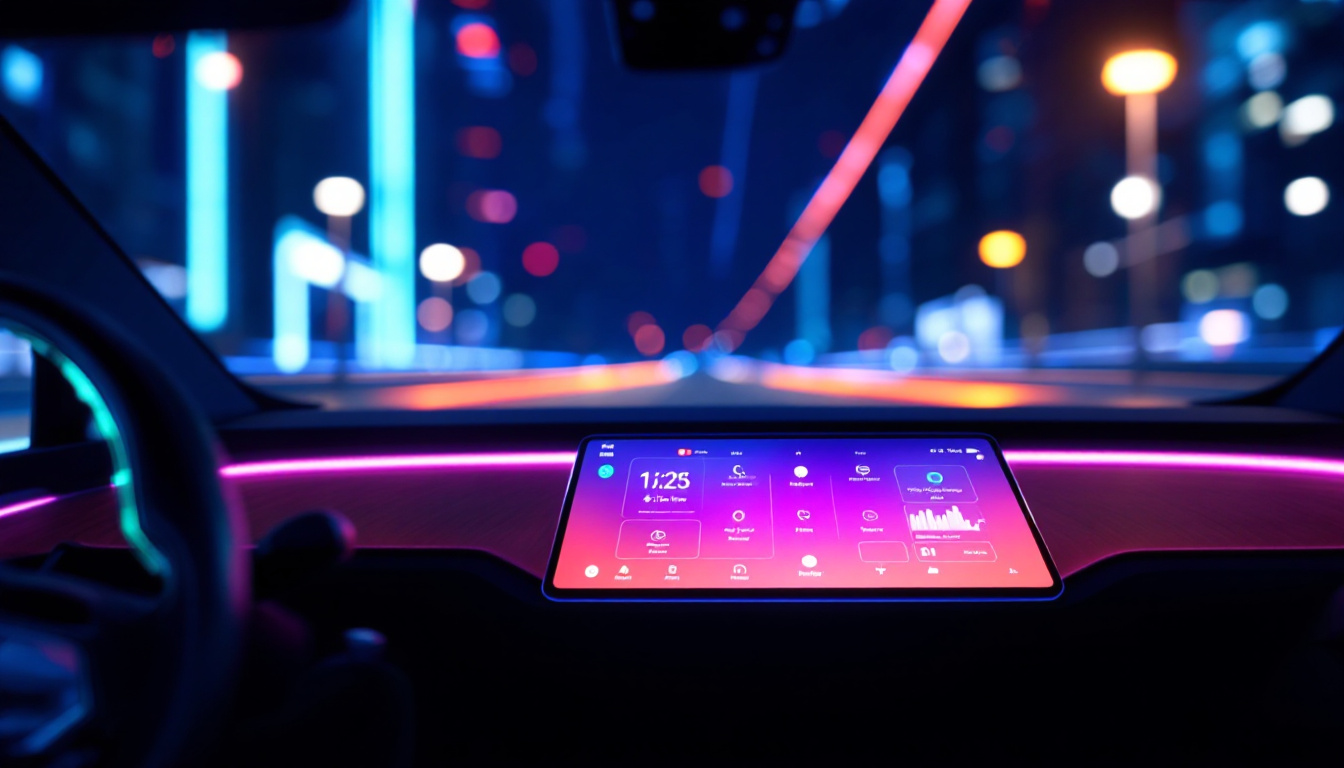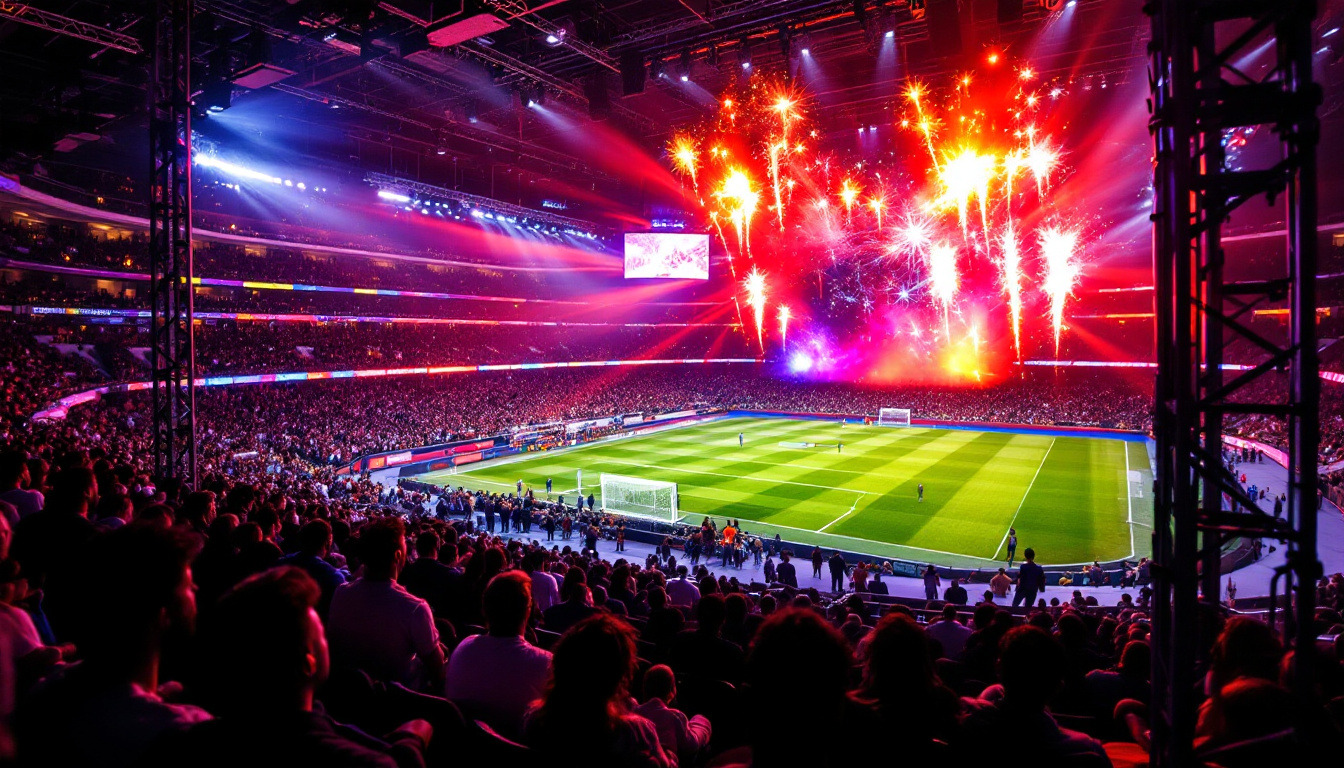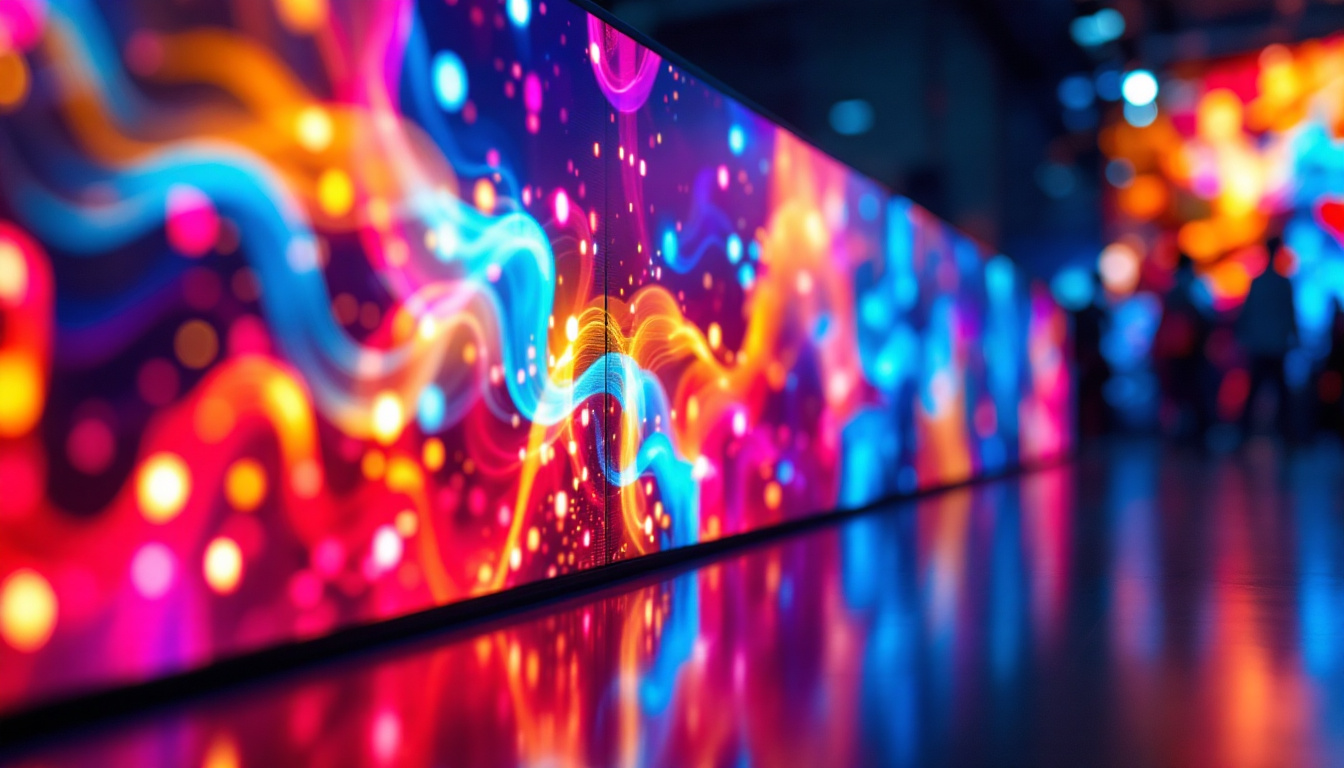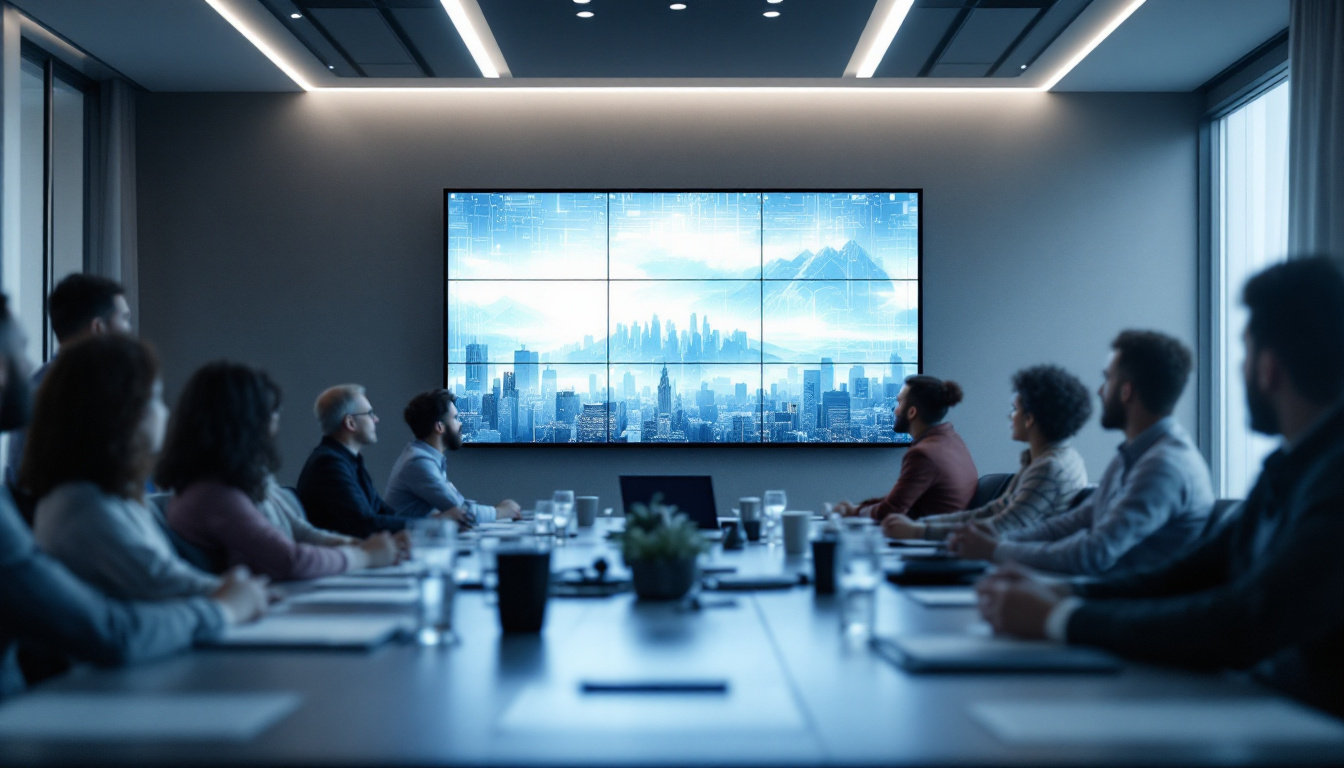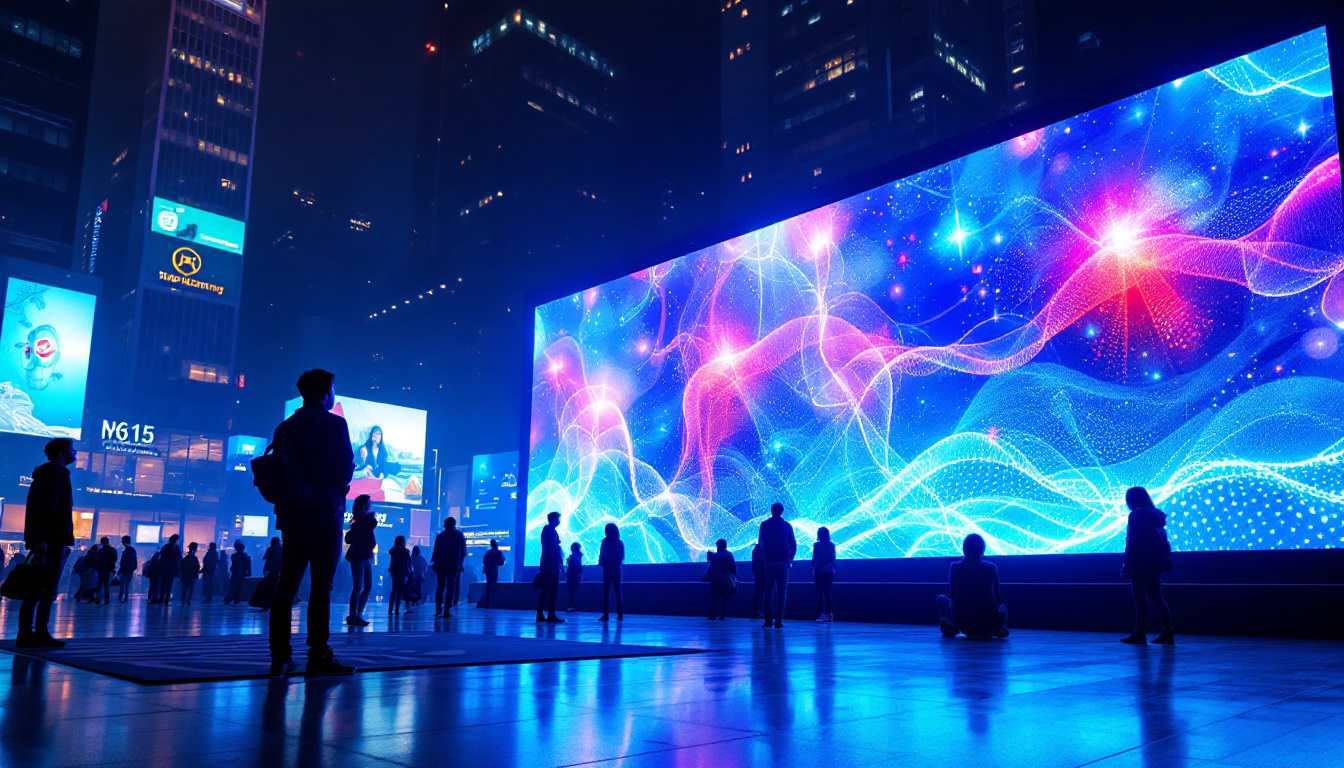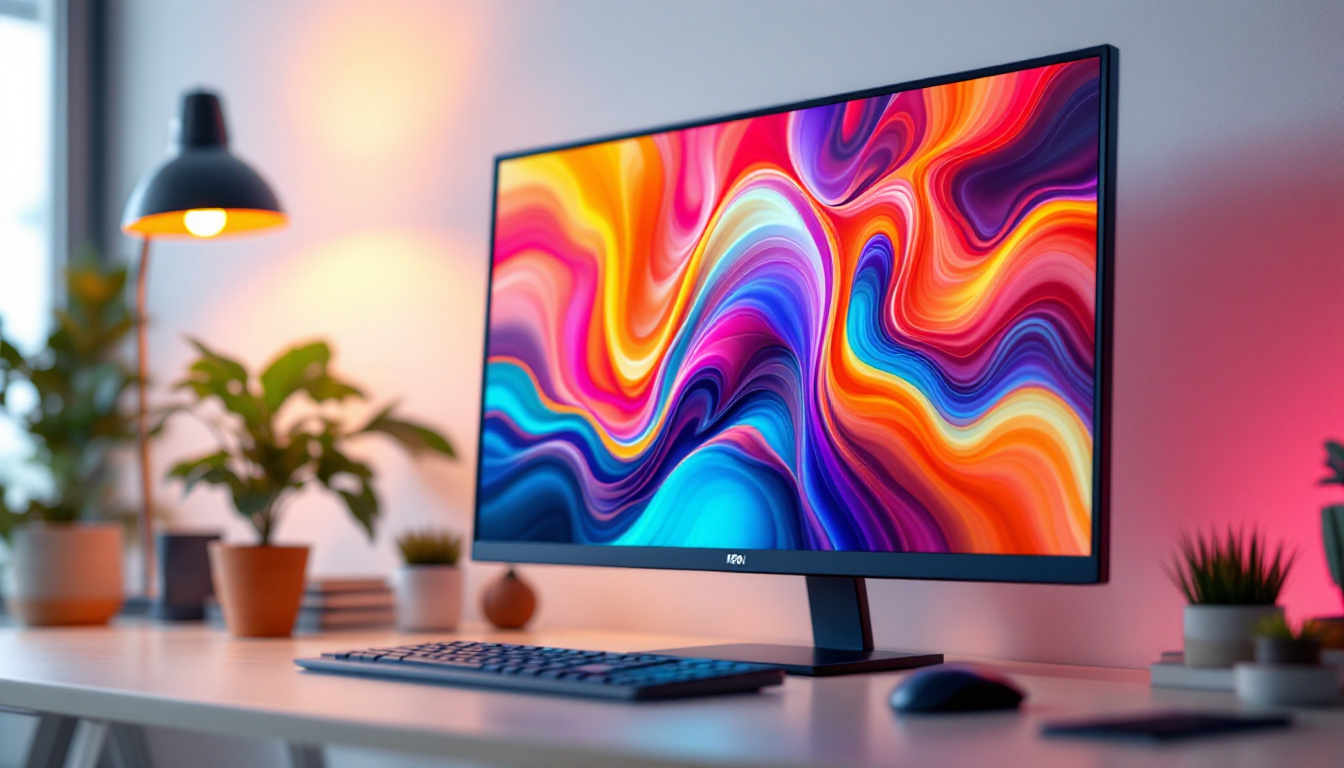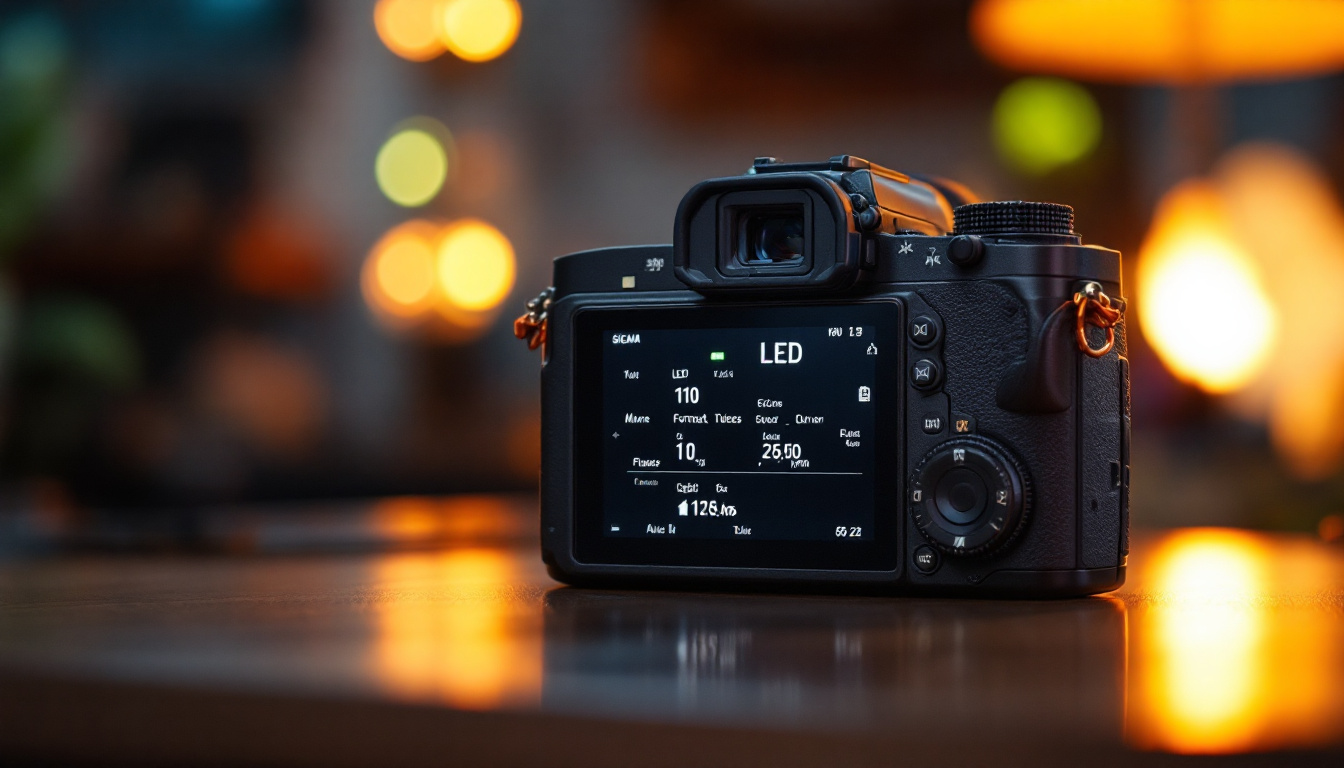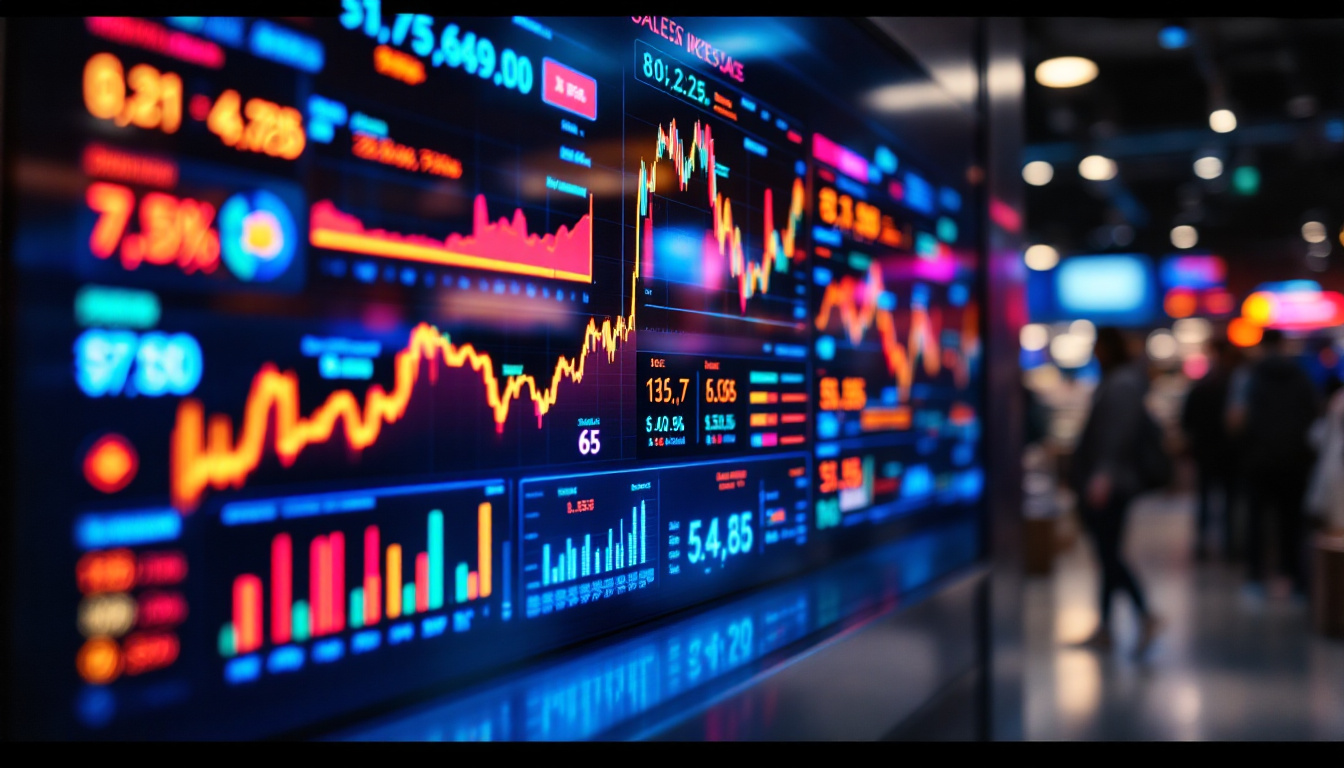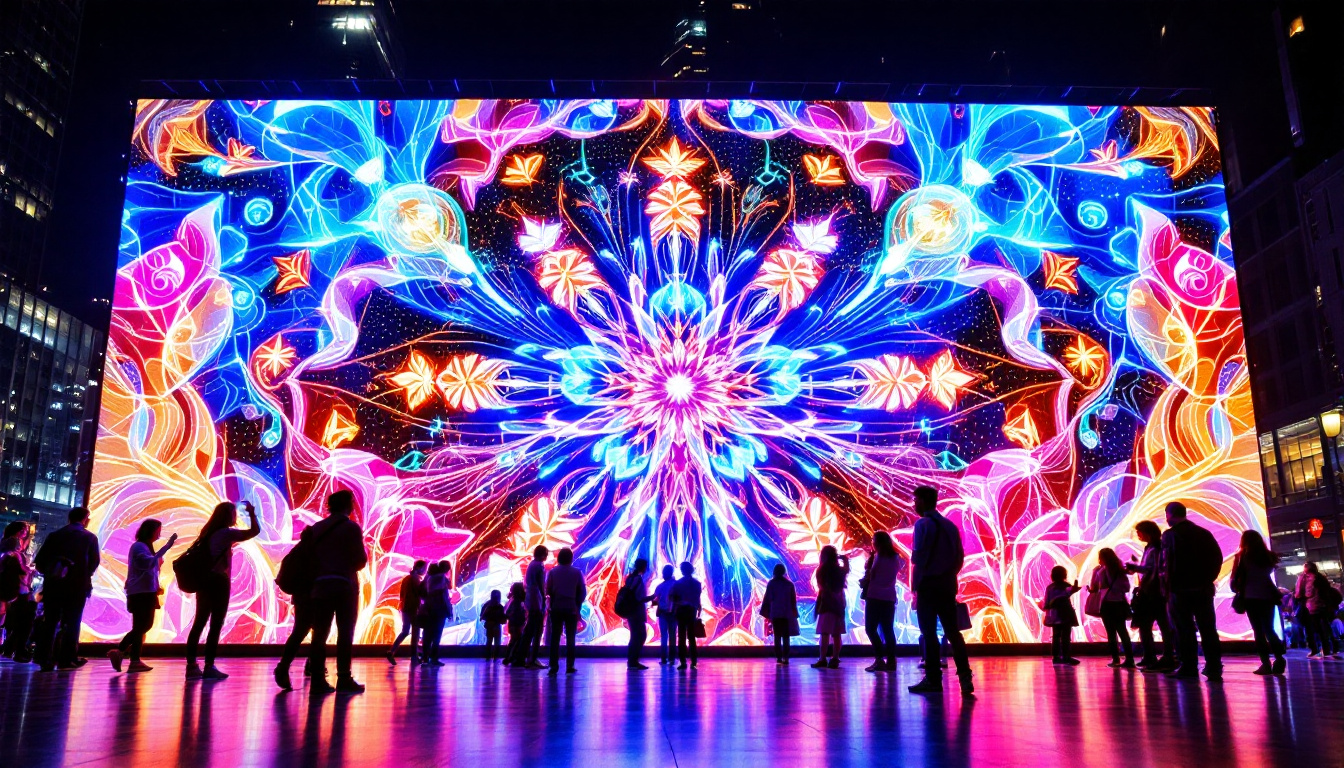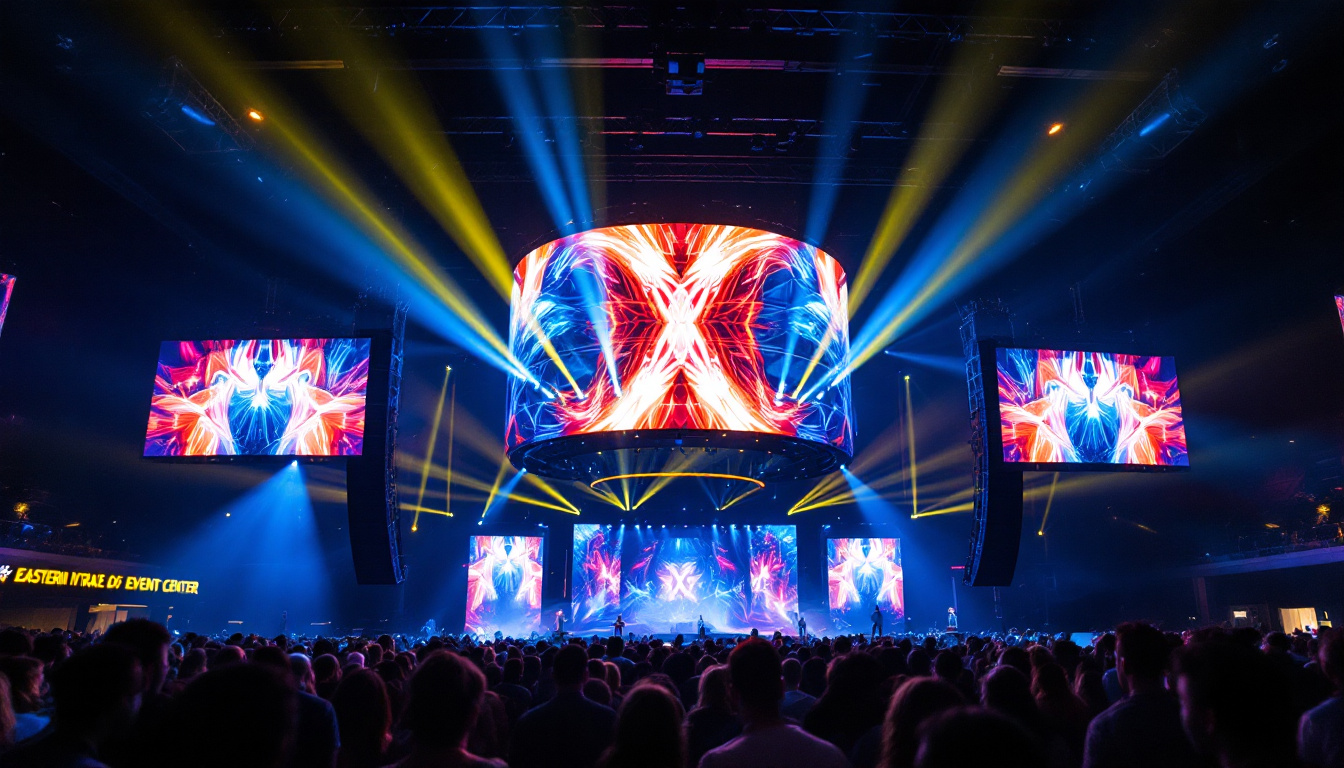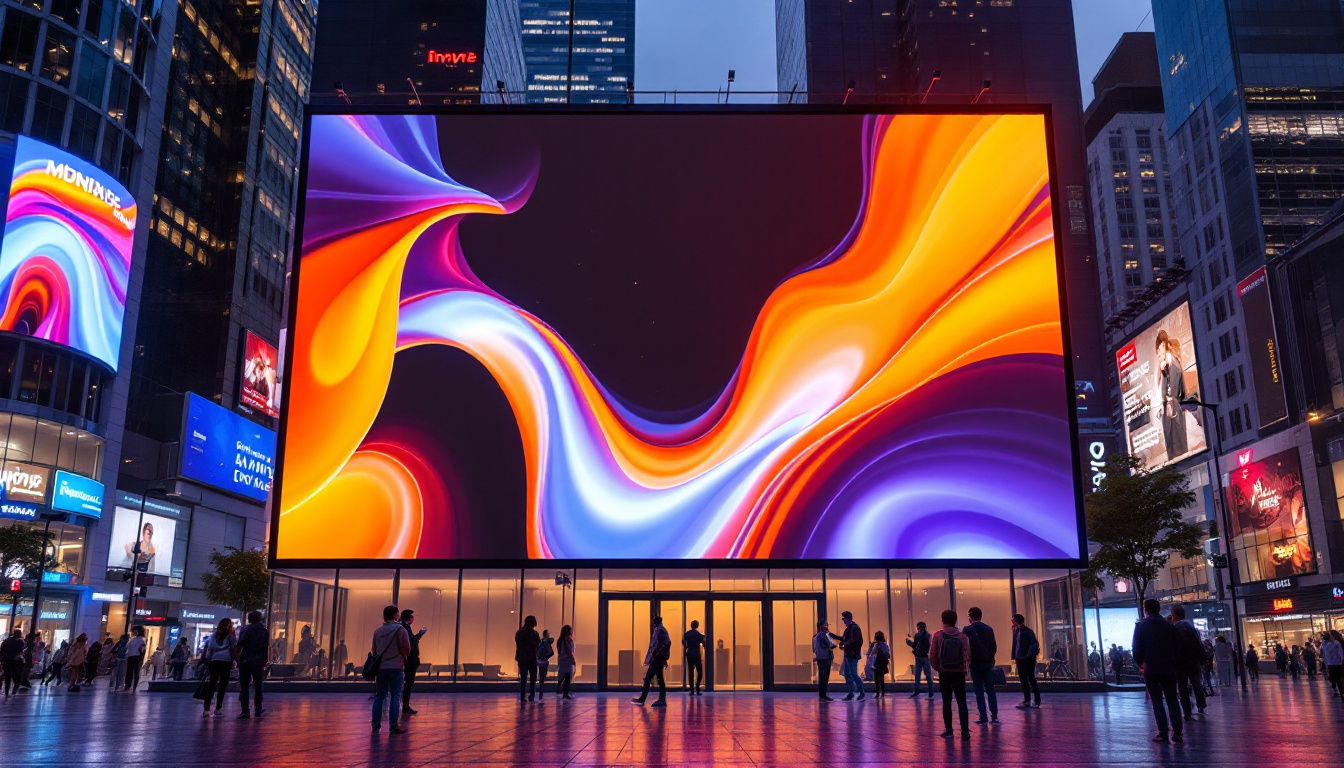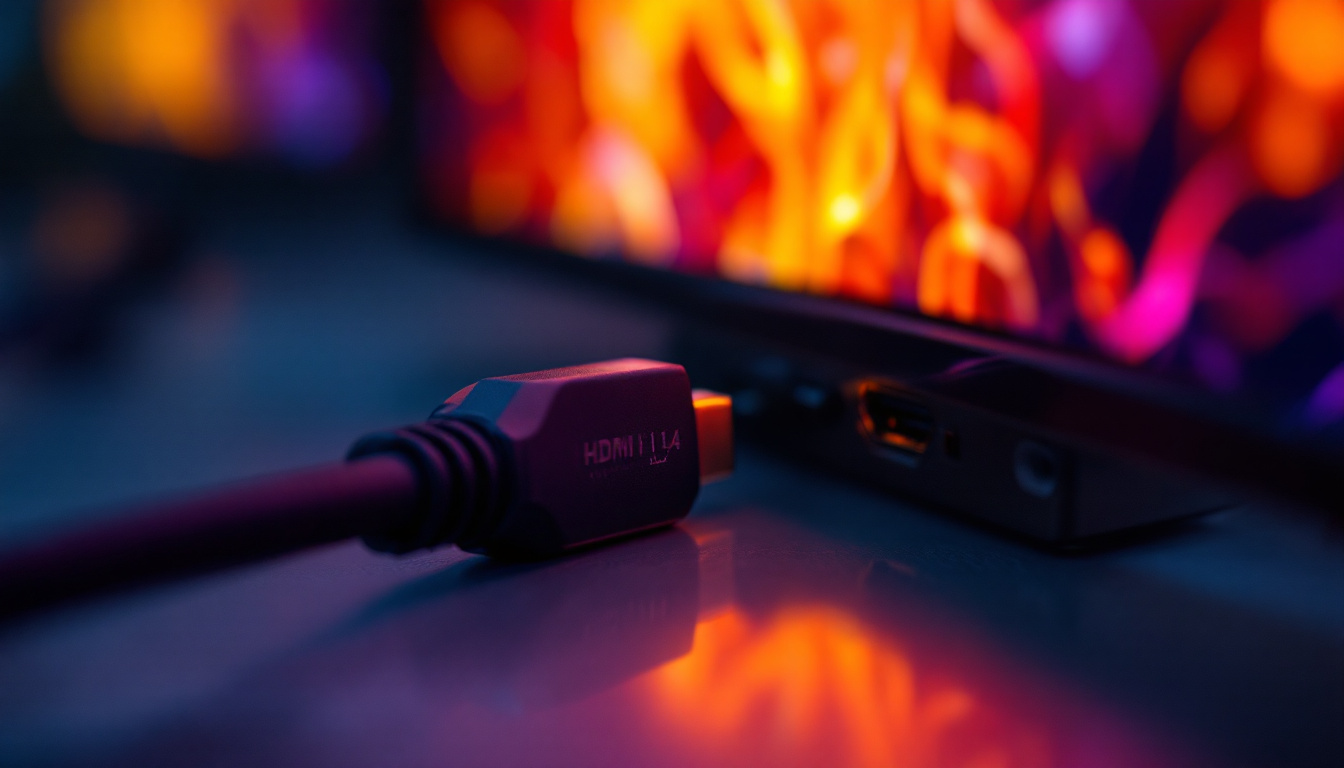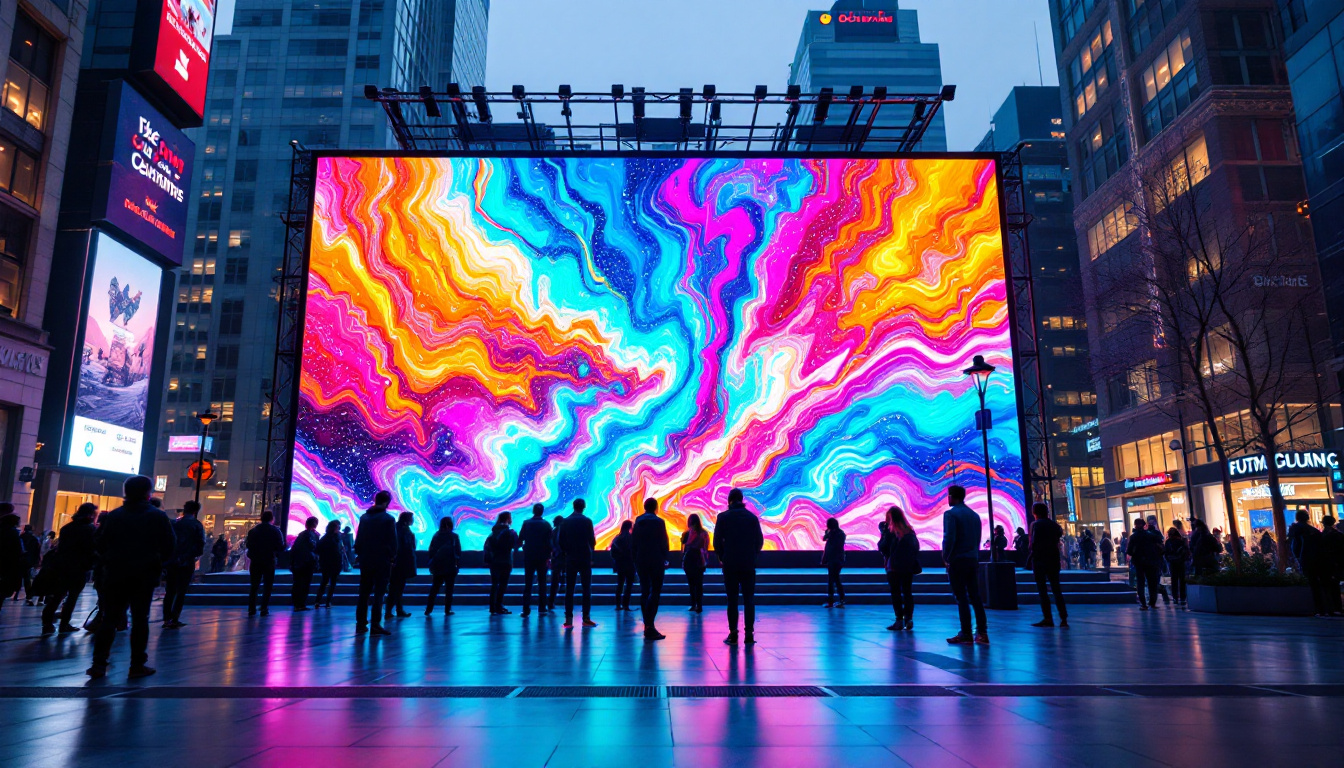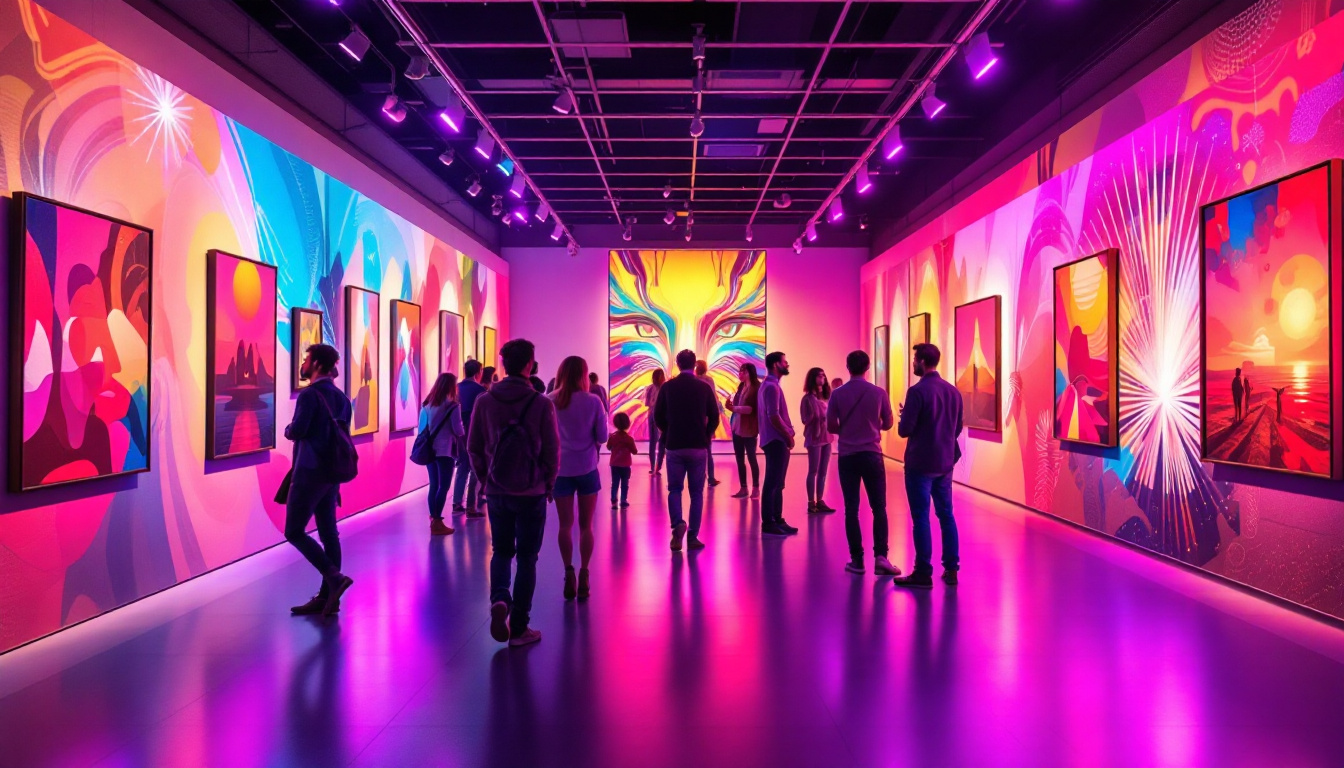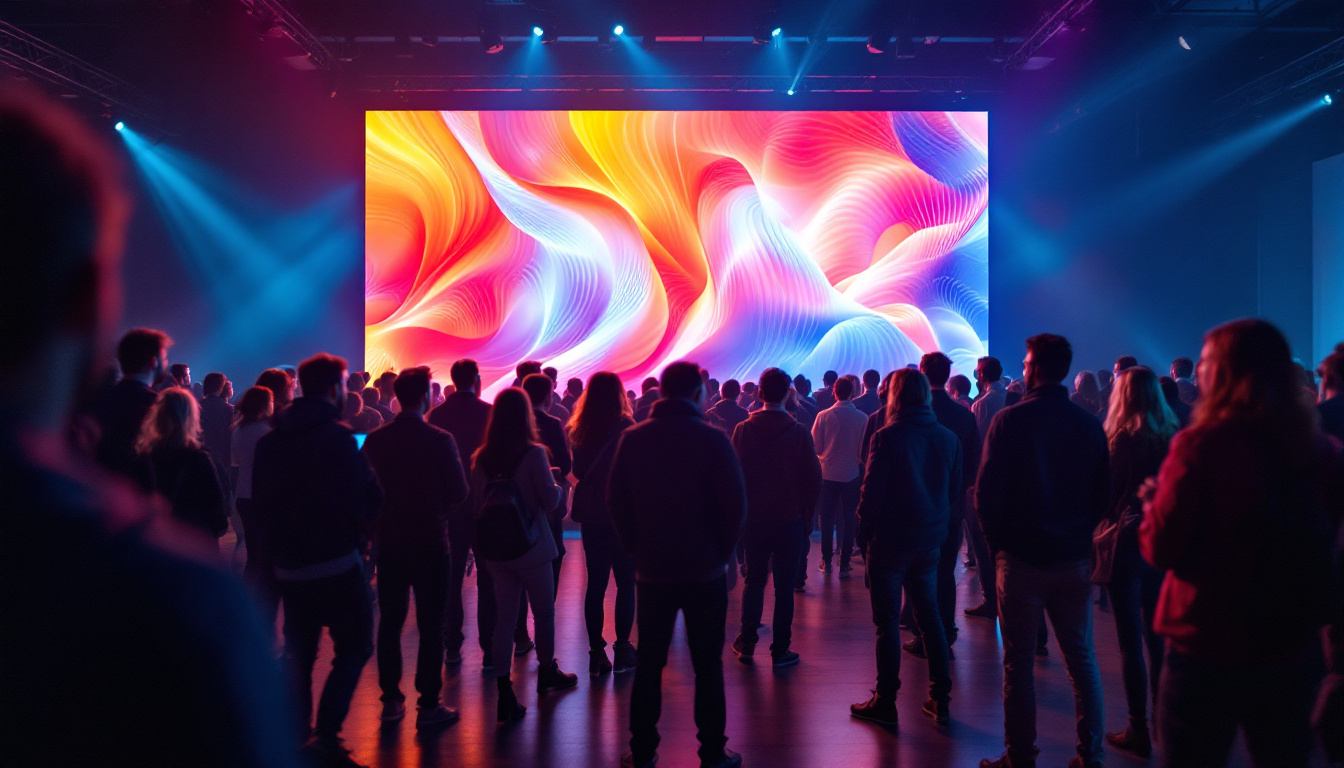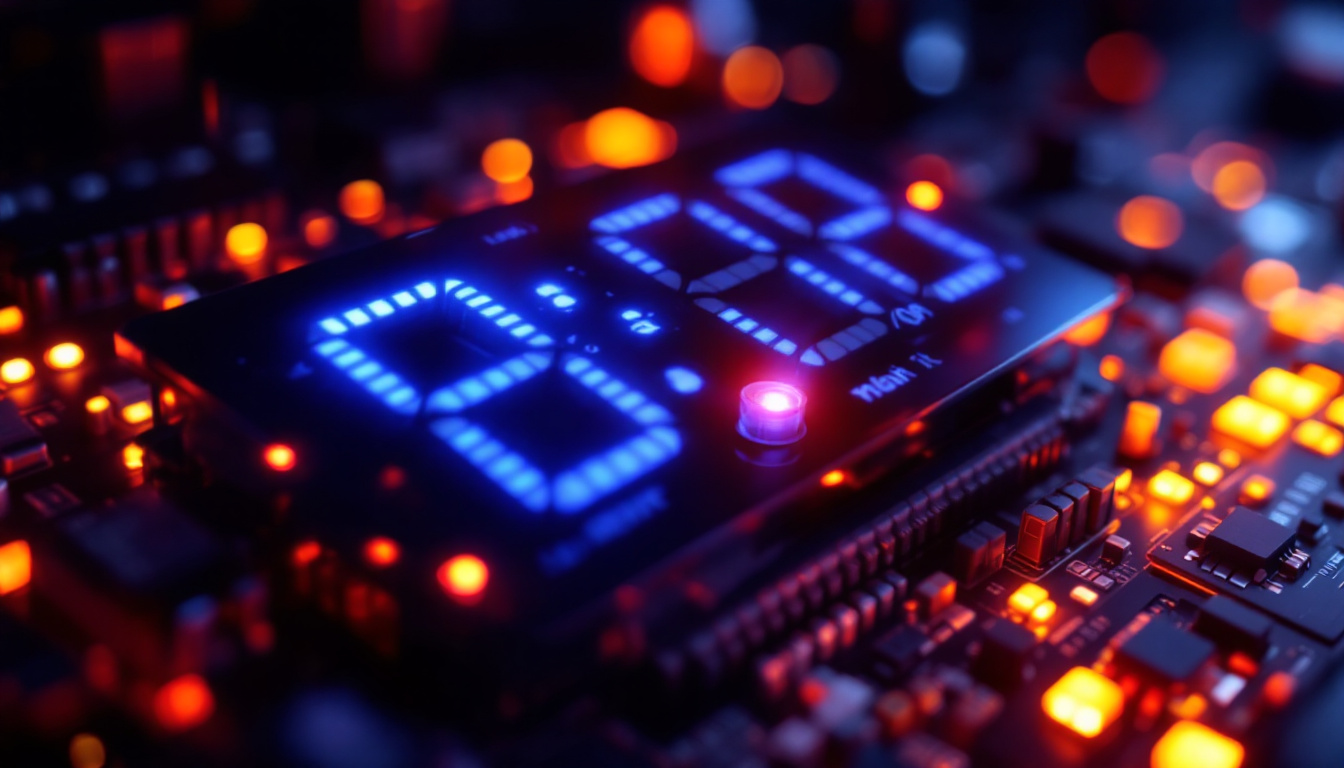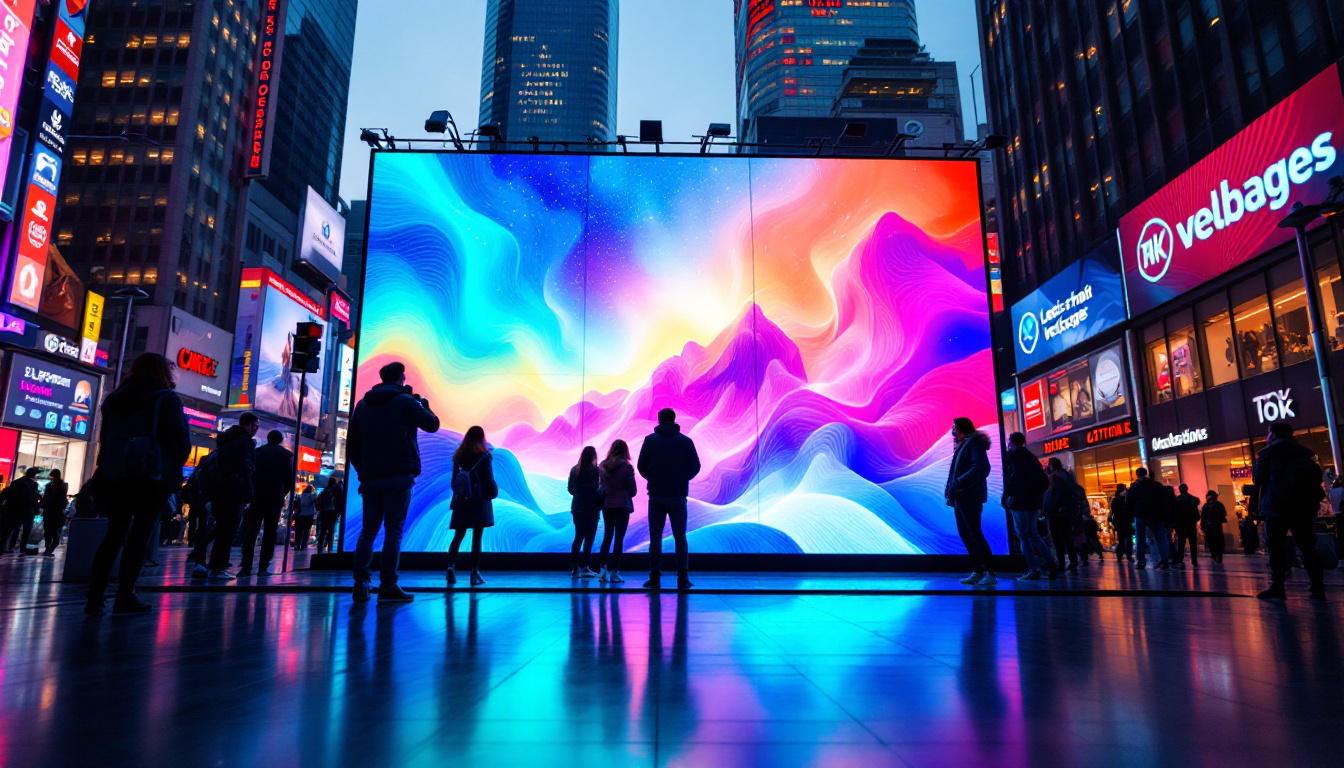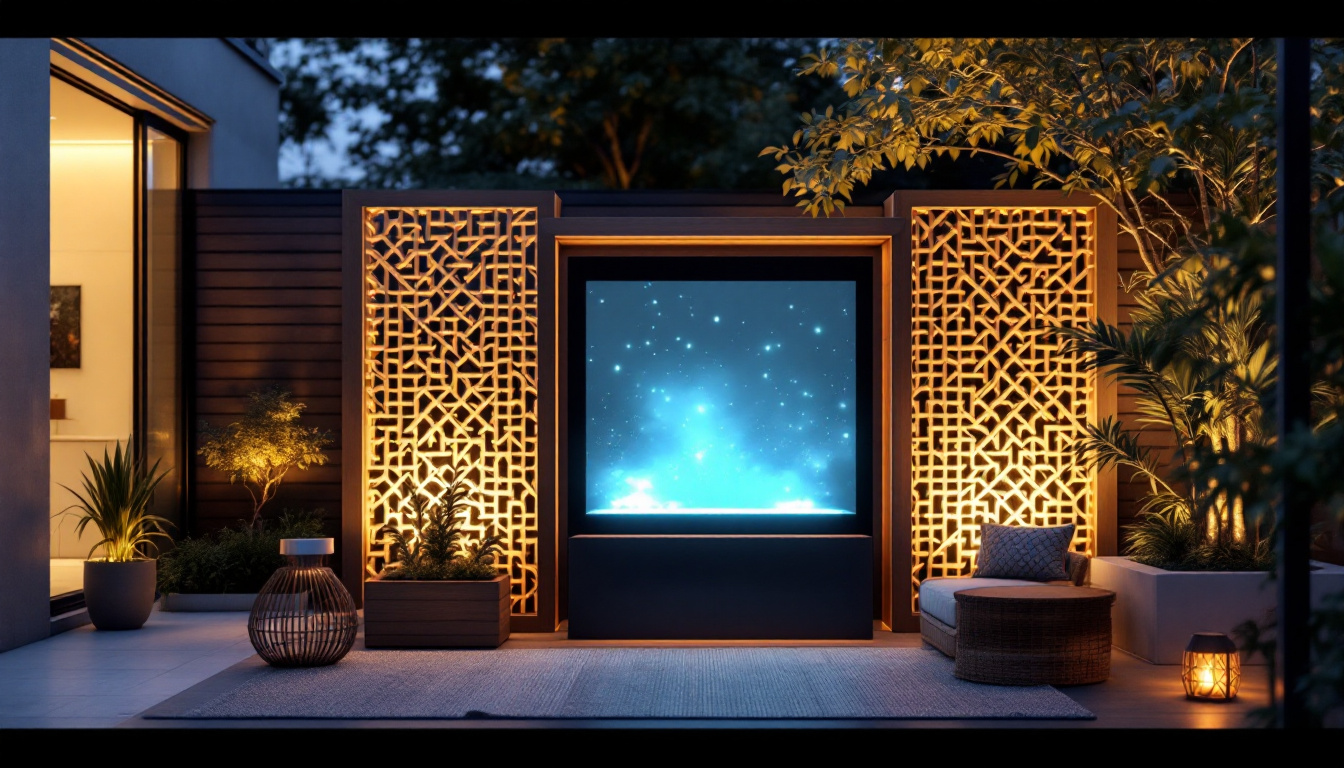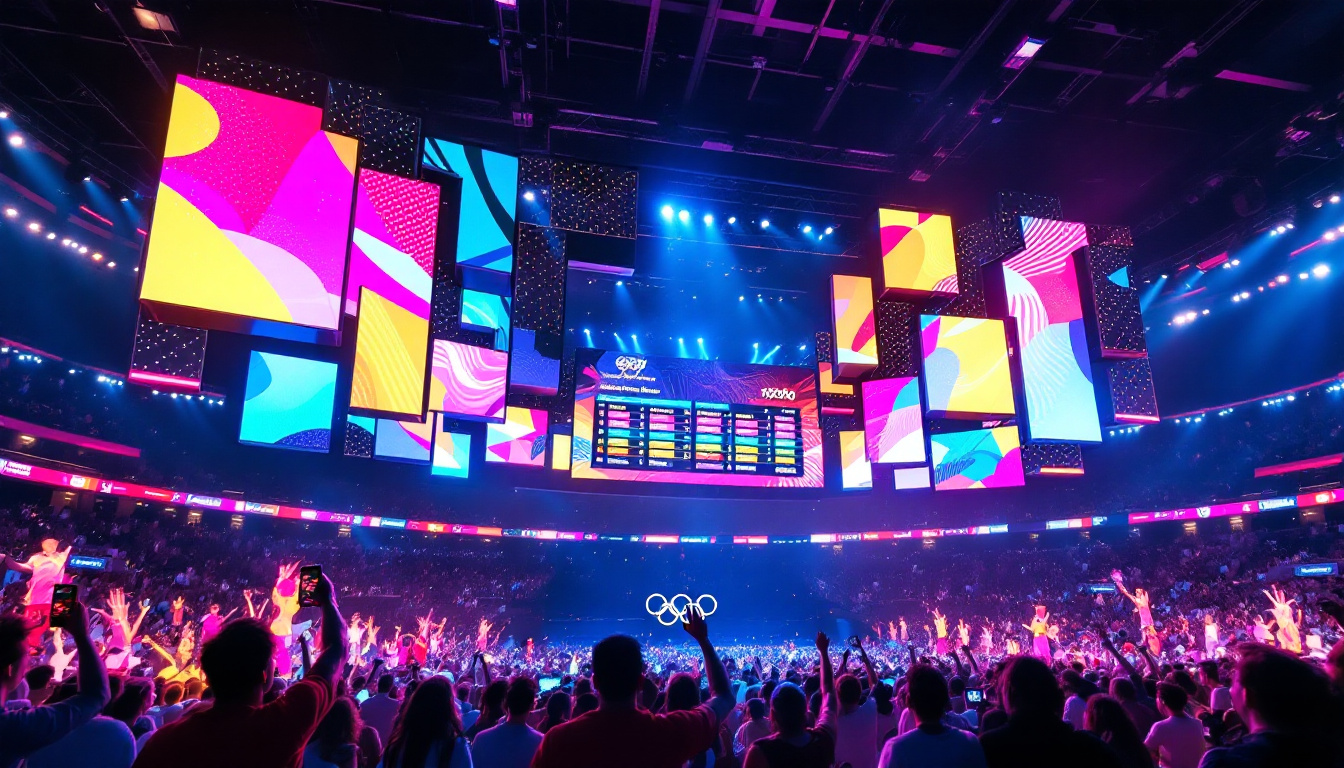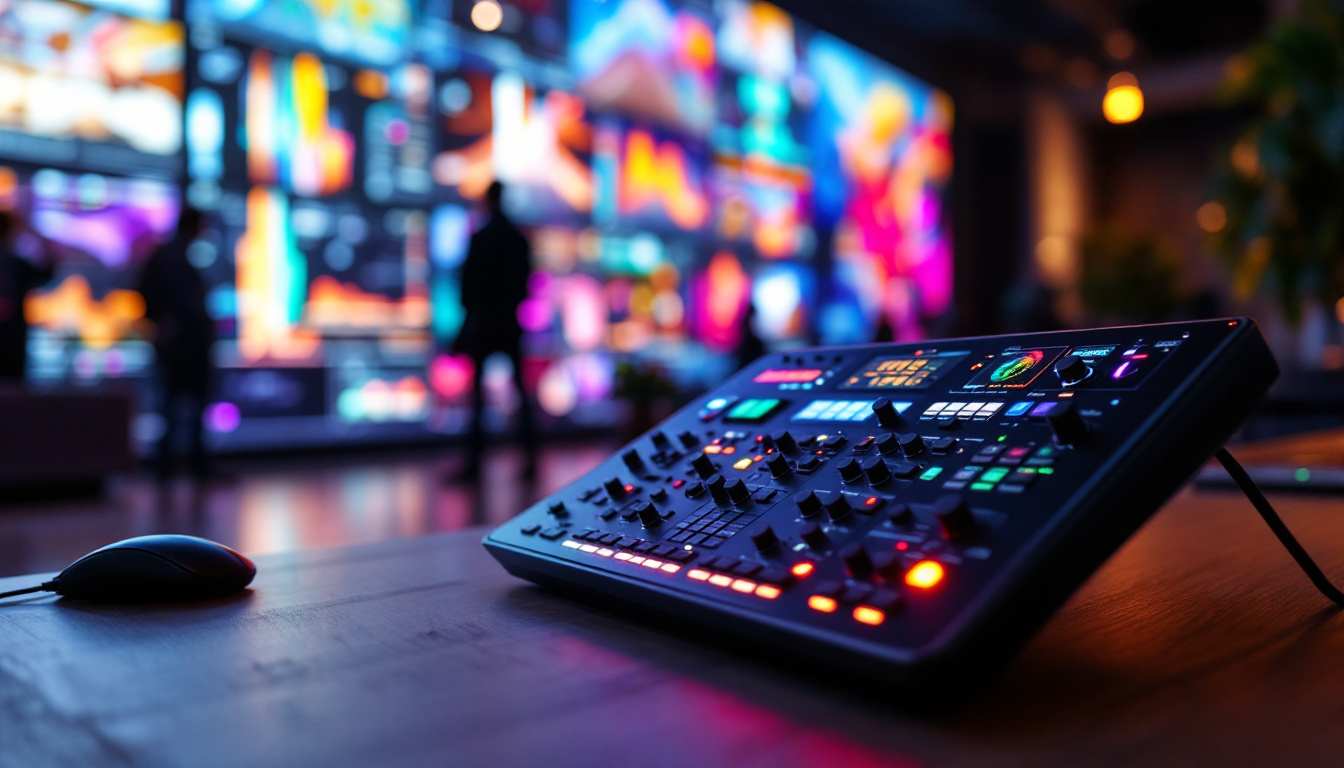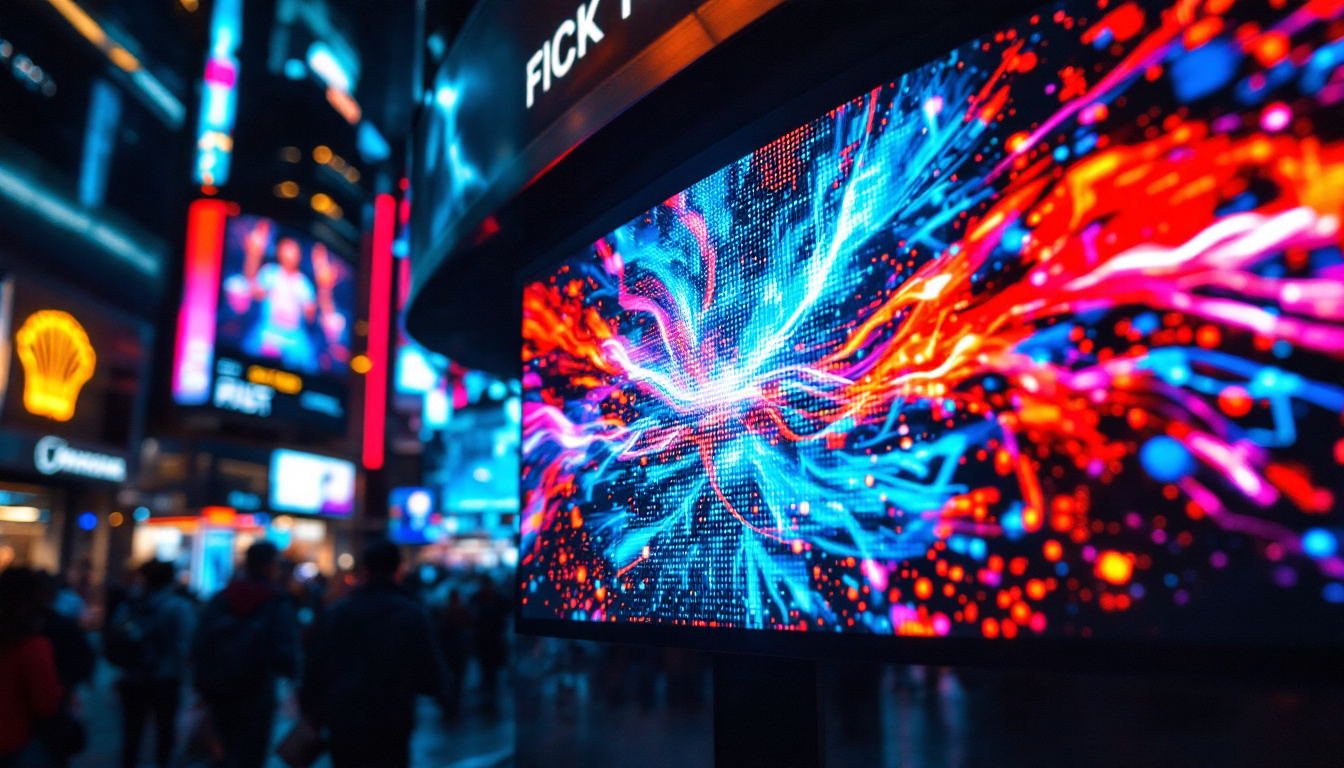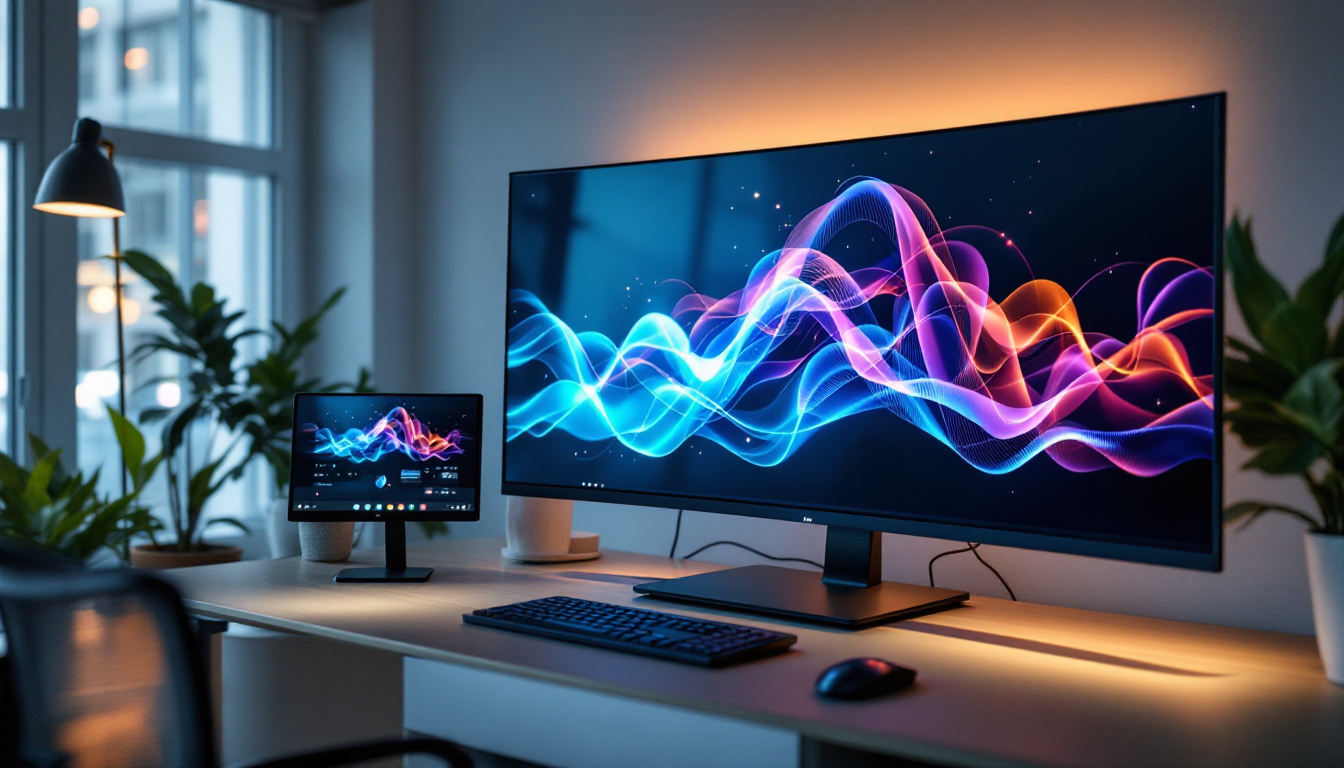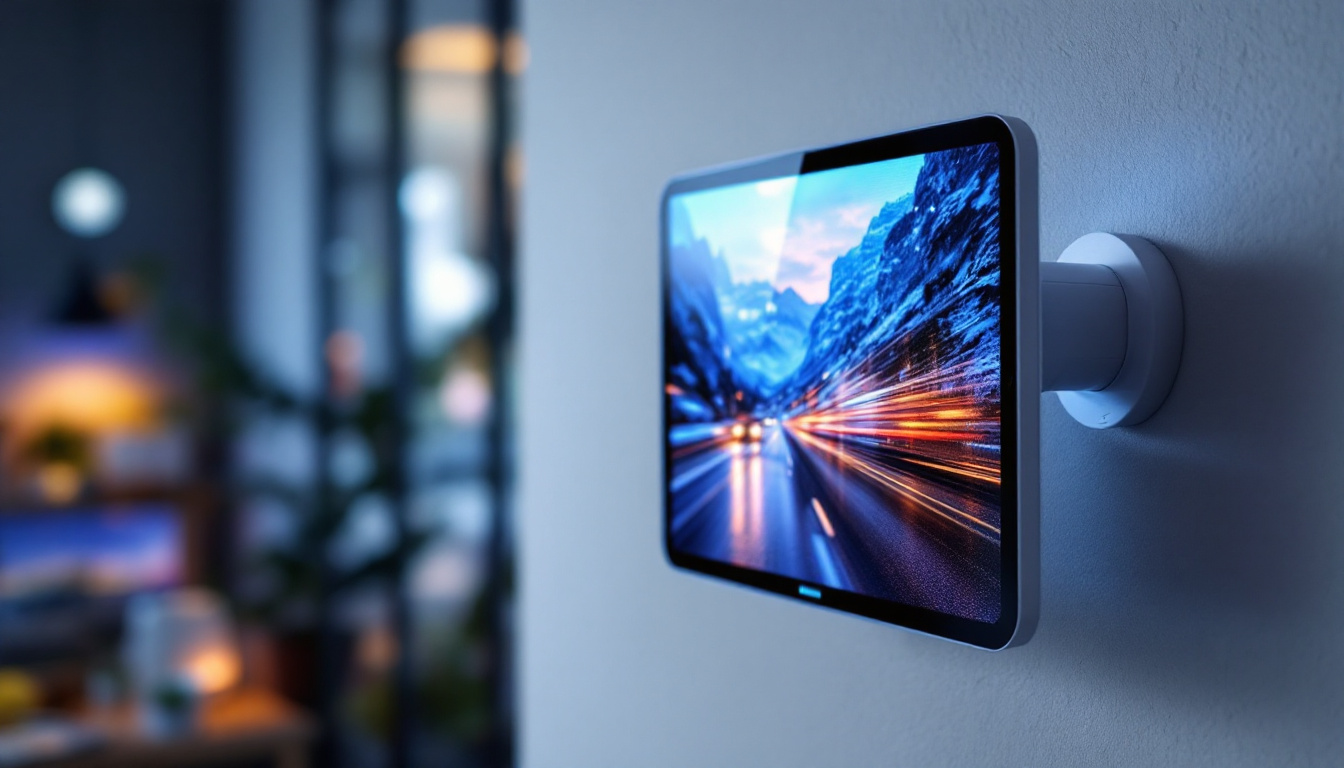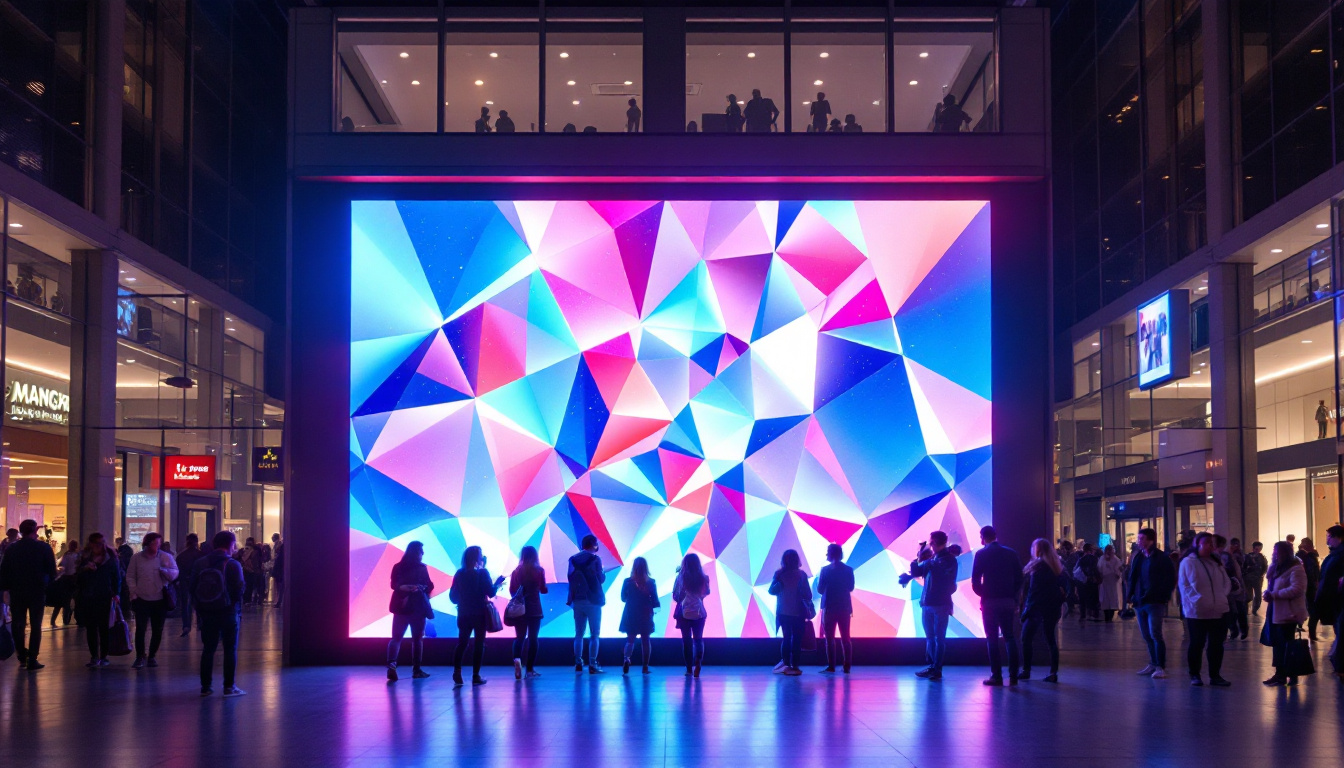In the world of stage lighting, brightness is a fundamental property that significantly impacts the overall visual experience of a performance. As technology has evolved, so too have the tools available to lighting designers. Among the most transformative advancements is the introduction of LED displays, which not only enhance brightness but also offer versatility and efficiency. This article delves into the intricacies of brightness in stage lighting, the role of LED technology, and how these elements come together to create stunning visual spectacles.
The Importance of Brightness in Stage Lighting
Brightness is not merely a measure of how much light is emitted; it is a critical factor that influences mood, focus, and the overall aesthetic of a performance. In stage lighting, brightness can dictate the emotional tone of a scene, guide audience attention, and even enhance storytelling.
Creating Atmosphere and Mood
The atmosphere of a stage production is often established through careful manipulation of light. Brightness levels can evoke different emotions; for instance, a well-lit scene can create a sense of joy or excitement, while dim lighting may suggest mystery or tension. Lighting designers utilize various techniques, such as color temperature and intensity, to craft the desired emotional landscape.
Moreover, the interplay of brightness with other elements, such as color and shadow, can further enhance the narrative. For example, a sudden increase in brightness can signify a dramatic turning point in the story, capturing the audience’s attention and heightening the emotional impact.
Guiding Audience Attention
In any performance, directing the audience’s focus is paramount. Brightness can be used strategically to highlight specific actors or elements on stage. By adjusting the intensity of light, designers can draw attention to key moments, ensuring that the audience remains engaged with the performance.
This technique is particularly effective in large productions where multiple actions may occur simultaneously. By manipulating brightness, lighting designers can create a visual hierarchy, guiding the audience’s gaze to the most crucial elements of the scene.
Enhancing Visual Aesthetics
Beyond emotional resonance and audience focus, brightness plays a crucial role in the overall visual aesthetics of a performance. The right level of brightness can enhance the vibrancy of colors, making costumes and set designs pop. This is especially important in contemporary performances where visual impact is essential.
Furthermore, the use of brightness in conjunction with other lighting techniques, such as gobos and patterns, can create stunning visual effects that captivate audiences. The combination of bright light with textured shadows can add depth and dimension to the stage, transforming it into a dynamic canvas.
Understanding LED Technology
Light Emitting Diodes (LEDs) have revolutionized the world of stage lighting. Unlike traditional incandescent bulbs, LEDs offer numerous advantages, including increased brightness, energy efficiency, and longevity. This section explores the fundamental aspects of LED technology and its implications for stage lighting.
How LEDs Work
LEDs operate on a simple principle: when an electric current passes through a semiconductor material, it emits light. This process is known as electroluminescence. Unlike incandescent bulbs, which produce light by heating a filament, LEDs generate light more efficiently, resulting in less wasted energy and heat.
The compact size of LEDs also allows for greater flexibility in design. They can be arranged in various configurations, enabling innovative lighting solutions that were previously unattainable with traditional lighting sources.
Advantages of LED Displays
One of the most significant advantages of LED displays in stage lighting is their brightness. LEDs can produce a higher lumen output compared to traditional lighting options, allowing for vibrant colors and intense illumination. This is particularly beneficial in large venues where powerful lighting is essential to reach the audience effectively.
Additionally, LEDs are highly customizable. They can be programmed to change colors, intensity, and patterns, providing lighting designers with an expansive toolkit to create dynamic visual experiences. This versatility makes LED displays ideal for a wide range of performances, from concerts to theatrical productions.
Energy Efficiency and Longevity
Another compelling reason for the widespread adoption of LED technology is its energy efficiency. LEDs consume significantly less power than traditional lighting sources, which can lead to substantial cost savings for production companies. This efficiency also reduces the environmental impact of stage lighting, making it a more sustainable choice.
Furthermore, LEDs boast a longer lifespan, often lasting up to 25,000 hours or more. This longevity means fewer replacements and lower maintenance costs, allowing production teams to focus their resources on other aspects of the performance.
Integrating Brightness and LED Technology in Stage Design
The integration of brightness and LED technology in stage design has opened new avenues for creativity. Lighting designers can now experiment with various techniques to achieve stunning effects that elevate the overall production value.
Dynamic Lighting Effects
With the capabilities of LED displays, dynamic lighting effects have become more accessible. Designers can create intricate light shows that synchronize with music and other performance elements. This synchronization enhances the audience’s experience, immersing them in a multisensory environment.
For instance, during a concert, LED lights can pulse and change colors in time with the beat, creating a cohesive and exhilarating atmosphere. This level of dynamism was challenging to achieve with traditional lighting methods, making LED technology a game-changer in the industry.
Layering Techniques
Layering techniques involve using multiple light sources at varying brightness levels to create depth and texture on stage. By combining LED displays with other lighting instruments, designers can achieve a rich tapestry of light that enhances the visual storytelling.
For example, a scene may feature a bright LED backdrop while softer, more diffused lights illuminate the actors. This contrast not only highlights the performers but also adds a three-dimensional quality to the stage, making it more visually engaging.
Color Mixing and Control
LED technology allows for precise color mixing and control, enabling designers to create an extensive palette of colors. By manipulating brightness and color, lighting designers can evoke specific moods and emotions, enhancing the narrative of the performance.
Moreover, advanced control systems allow for real-time adjustments during a performance, providing flexibility to respond to the unfolding action on stage. This adaptability is crucial in live performances, where spontaneity can significantly impact the overall experience.
Challenges and Considerations
While the benefits of LED technology are substantial, there are challenges and considerations that lighting designers must navigate. Understanding these factors is essential for maximizing the potential of LED displays in stage lighting.
Color Rendering
One of the primary challenges associated with LED lighting is color rendering. While LEDs can produce vibrant colors, their ability to accurately reproduce certain hues can vary. This is particularly important in theatrical productions where skin tones and costume colors must be represented accurately.
To address this issue, designers often utilize high-quality LED fixtures with a high Color Rendering Index (CRI). A higher CRI ensures that colors appear more natural and true to life, enhancing the overall visual quality of the performance.
Heat Management
Although LEDs generate less heat than traditional lighting sources, they still produce some heat that must be managed effectively. Poor heat management can lead to reduced performance and a shorter lifespan for the fixtures.
Lighting designers must consider the placement of LED fixtures and ensure adequate ventilation to maintain optimal operating temperatures. This is particularly important in enclosed spaces where heat can accumulate rapidly.
Initial Investment
While the long-term savings associated with LED technology are significant, the initial investment can be a barrier for some production companies. High-quality LED fixtures can be more expensive upfront than traditional lighting options.
However, many industry experts argue that the long-term benefits, including reduced energy costs and maintenance, often outweigh the initial expenditure. As technology continues to advance, the cost of LED fixtures is expected to decrease, making them more accessible to a broader range of productions.
The Future of Stage Lighting
The future of stage lighting is undoubtedly intertwined with the continued evolution of LED technology. As innovations emerge, lighting designers will have even more tools at their disposal to create breathtaking visual experiences.
Advancements in Smart Lighting
Smart lighting technology is on the rise, offering enhanced control and automation for lighting designers. With the integration of artificial intelligence and machine learning, lighting systems can adapt in real-time to various performance elements, creating a seamless and immersive experience for audiences.
This advancement will allow for more intricate lighting designs, where brightness, color, and effects can be adjusted dynamically throughout a performance, responding to the performers and the audience’s reactions.
Increased Sustainability
As the industry moves towards more sustainable practices, LED technology will play a crucial role. The focus on energy efficiency and reduced environmental impact will continue to drive innovation in lighting design.
Future developments may include even more energy-efficient LEDs, as well as the integration of renewable energy sources to power stage lighting systems. This shift will not only benefit the environment but also align with the growing demand for sustainable practices in the entertainment industry.
Enhanced User Experience
Ultimately, the goal of stage lighting is to enhance the audience’s experience. As technology progresses, the potential for creating more engaging and interactive performances will expand. From augmented reality to immersive environments, the future of stage lighting is poised to redefine how audiences experience live performances.
Conclusion
Brightness is a vital property of stage lighting that significantly influences the visual and emotional impact of a performance. The advent of LED technology has transformed the landscape of stage lighting, offering unprecedented brightness, efficiency, and creative possibilities. As lighting designers continue to explore the integration of brightness and LED displays, the future of stage lighting holds exciting potential for captivating audiences in new and innovative ways.
With ongoing advancements in technology and a growing emphasis on sustainability, the world of stage lighting is set to evolve, providing even more opportunities for artistic expression and audience engagement. As the industry embraces these changes, the role of brightness in stage lighting will remain a cornerstone of captivating performances, ensuring that the magic of live entertainment continues to thrive.
Illuminate Your Stage with LumenMatrix
Ready to elevate your performances and events with unparalleled brightness and visual impact? Discover LumenMatrix’s innovative LED display solutions, where state-of-the-art technology meets creative design. From Indoor and Outdoor LED Walls to Custom and All-in-One LED Displays, LumenMatrix provides a spectrum of options to bring your stage lighting into the future. Experience the revolution in visual communication and captivate your audience like never before. Check out LumenMatrix LED Display Solutions today and transform your stage into a dynamic visual masterpiece.

